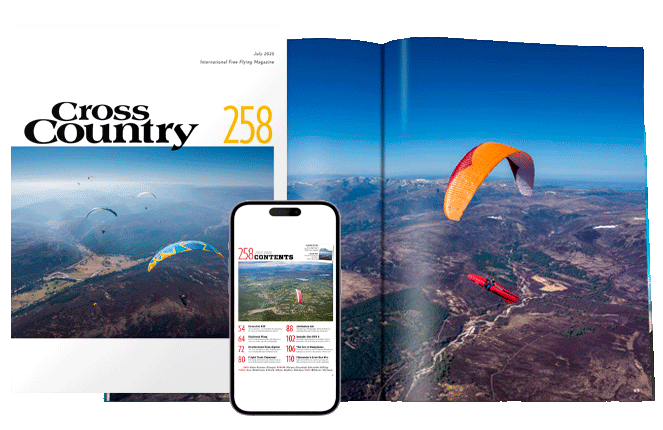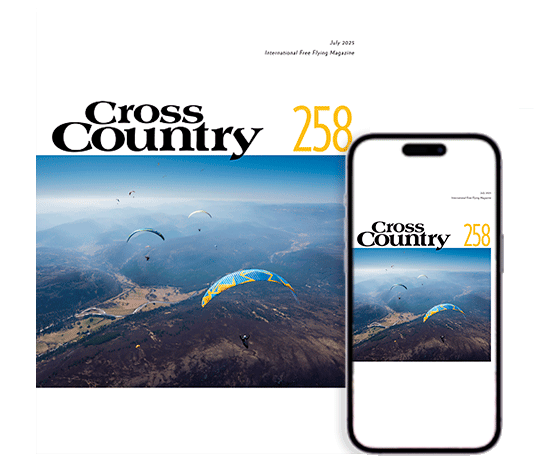It’s the one piece of kit you never want to use in anger. Bastienne Wentzel talks to Stefan Kurrle about reserves
Reserves have developed fast in recent years, resulting in many different types to choose from. The three main types are round reserves, squares (which aren’t always square – they can be multi-sided, like a pentagon or octagon), and Rogallo-type steerable reserves.
According to Stefan Kurrle of manufacturer Independence Paragliding, square parachutes are the way to go. “Most squares excel in opening time and pendulum stability,” he explained. “Packing is different than for rounds, but not necessarily more complicated. In my view, there is no reason to buy a round anymore.”
He added: “For the average pilot who doesn’t fly acro, a steerable Rogallo does not really make sense because they do not have the experience or time to activate it.”
There are many different types...



